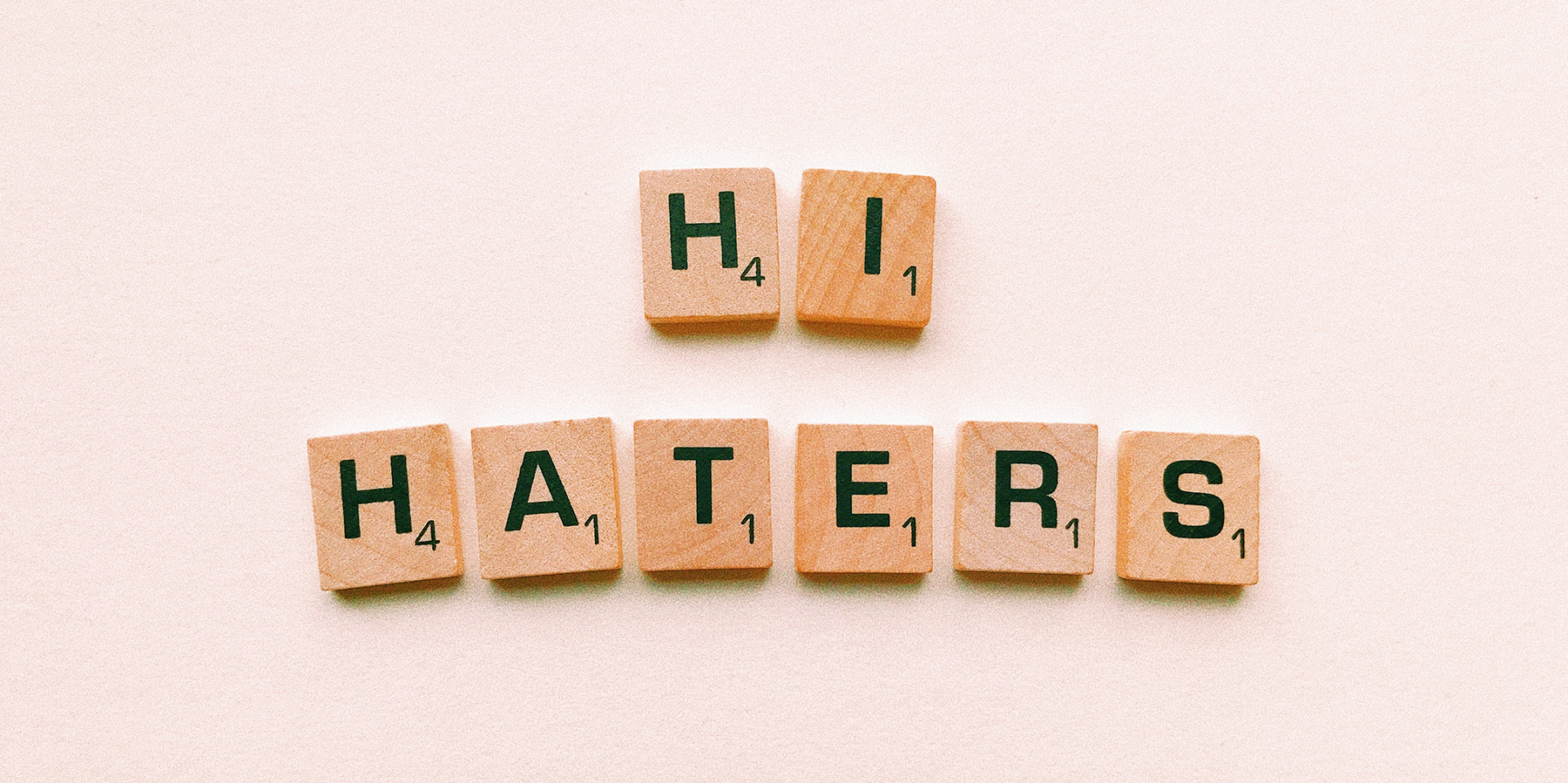People need to realize she is nobody, really.” Now a journalism graduate student at Georgetown University, La Foucade had to convince her editor, who was afraid of potential backlash, before she got the go-ahead to write the article. I’m sure some people will probably agree with this opinion.” They did not. “It was getting more views and more clicks than any of our articles before. Then the criticism just started rolling in,” La Foucade said. What La Foucade experienced firsthand was the whiplash reaction to the warped cousin of a hot take: hate clicks, defined here as content angled to intentionally rile up an audience so much that they have to spend time with your content. Takes, he wrote, “represent the “we should have something on this” news impulse stripped to its barest form, left unspoken and carried out as a matter of course. The diminishing return of hate clicks Una Dabiero’s first job after graduating college was at Babe.net, a publication she said thrived off of provocative exaggeration (note: I previously worked with Dabiero at Babe). That was absolutely wrong for me to do.” Dabiero has since left Babe. “I wouldn’t ask someone to align their entire personal brand with an idea just because I think it will get a lot of clicks.” She also stressed that for her, the difference between an article written for hate clicks and an article she’d feel comfortable assigning to one of her writers comes down to substance. La Foucade also hasn’t steered away from stirring the pot since the Beyoncé incident, but she does prefer to do so through another medium—radio.
When Jonélle La Foucade was a contributing writer for The Edit, she committed the internet’s cardinal sin: criticizing Beyoncé. The singer’s sixth studio album, Lemonade, had just dropped, and La Foucade was over the buzz and ready to speak her truth. “I’m not really a huge Beyoncé fan, so I thought it would be fun to write an article: ‘Beyoncé is Overrated AF,’” she said. “Too many people, they just idolize and worship this woman, I think for no reason. People need to realize she is nobody, really.”
Now a journalism graduate student at Georgetown University, La Foucade had to convince her editor, who was afraid of potential backlash, before she got the go-ahead to write the article. “I was hoping it was going to get a lot of clicks,” she said. “I was like, a lot of people are going to have stuff to say, and I don’t think it’ll all be negative. I’m sure some people will probably agree with this opinion.”
They did not.
“It was getting more views and more clicks than any of our articles before. Then the criticism just started rolling in,” La Foucade said. Within a few hours, more than 200 comments came in. After The Edit’s partner company, Unidays, expressed concerns about the piece, La Foucade’s editor pulled the article from the site one day after it was published.
What La Foucade experienced firsthand was the whiplash reaction to the warped cousin of a hot take: hate clicks, defined here as content angled to intentionally rile up an audience so much that they have to spend time with your content.
The evolution of ‘takes’ culture
In 2014, John Hermann lamented the necessity of the hot takes in a tongue-in-cheek piece for The Awl that remains depressingly relevant. Takes, he wrote, “represent the “we should have something on this” news impulse stripped to its barest form, left unspoken and carried out as a matter of course. Endless minimalist Takes, obviously duplicative from the producer’s side but not necessarily from the other, all drawing energy from a single glowing unit of information.”
Hate clicks, then, fall under the umbrella of the take. They spring from the same impulse to comment, but the genre is less tied to current events than it is to flouting the prevailing opinion for the purpose of provocation. You know this kind of clickbait when you see it. It often comes in the form of an opinion or statement so jaw-droppingly wrong you can’t resist reading beyond the headline.
Although this is not a new phenomenon, with articles dissecting the impulse to court hate clicks predating Hermann’s musings, it’s a practice on the rise with today’s frenetic news cycle.
Take, for instance, the article that ran in The Cut in early December that proclaimed Priyanka Chopra “a global scam artist” for wedding Nick Jonas. The story received an influx of hate clicks and negative feedback, both on social media and in published rebukes from the likes of The Washington Post. The author, Mariah Smith, apologized via Twitter and The Cut removed the article, replacing it with a statement that said “the piece missed the mark” and chalked the mistake up to “human error and poor judgement.”
Days later, INTO published an essay that dubbed Ariana Grande’s ‘thank u, next’ music video “surprisingly anti-queer” and cited elements of the clip as examples of “transmisogyny, heterosexual pride and blackface,” which started another firestorm of criticism. The site pulled the piece the next day as editor-in-chief Zach Stafford issued a lengthy apology.
And on February 3, Bloomberg got a taste of the hate-bait action when they tweeted out an article, aggregated by news editor Maria Kolesnikova from…

COMMENTS